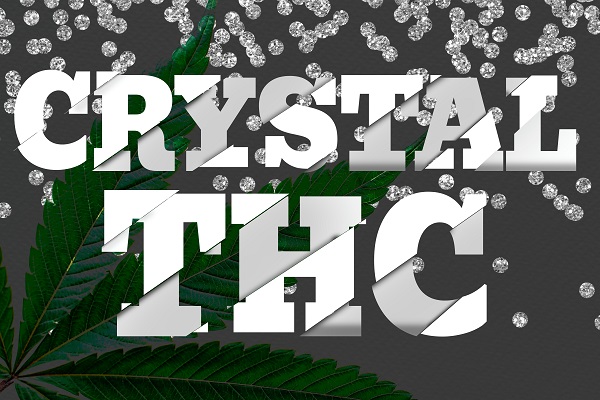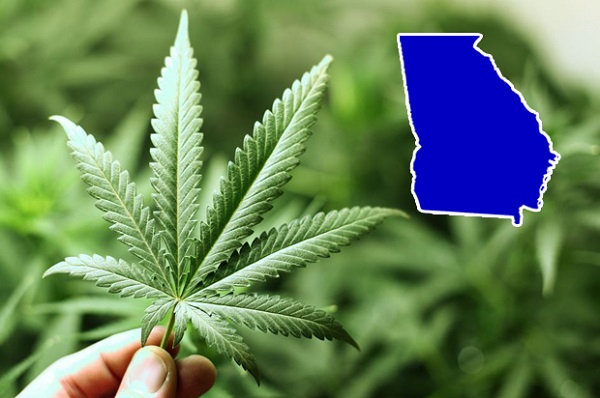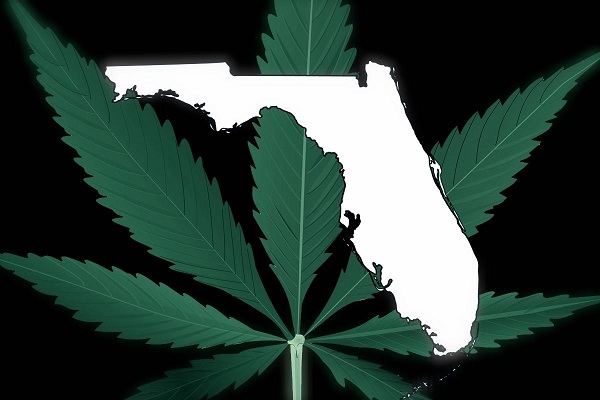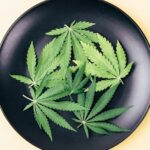The world of cannabis has evolved significantly over the years, with new products and methods of consumption emerging to cater to the diverse needs of users. One such innovation is the development of THC crystals, which have piqued the interest of both recreational and medical cannabis users. This comprehensive guide aims to provide an in-depth understanding of THC crystals, their production, usage, and effects, while addressing frequently asked questions and concerns. Written for a discerning audience of cannabis enthusiasts and medical professionals, this publication delves into the science behind THC crystals and their potential applications.
What are THC Crystals?
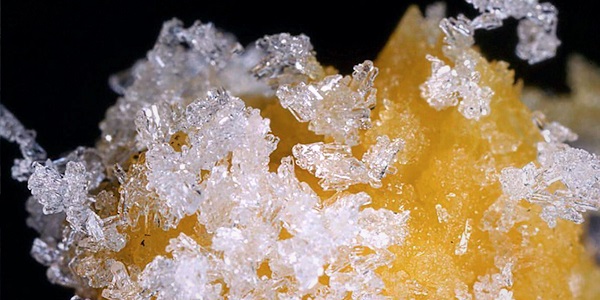
THC crystals, also known as THC-A crystalline or THC diamonds, are a highly concentrated form of tetrahydrocannabinol (THC), the primary psychoactive compound found in cannabis plants. These crystals are characterized by their translucent, crystalline structure and can contain up to 99% pure THC. They are often found as a natural occurrence on the surface of cannabis flowers, referred to as “thc crystals on weed,” and can also be extracted and purified for consumption. Heat-exposed THC crystals are a powerful method of cannabis use that may be far from ideal for those who easily get overwhelmed by too much THC.
However, you may not experience the same effects as with cannabis because crystallized THCA lacks the terpenes, cannabinoids, and flavonoids found in floral and other cannabis concentrates. Terpenes contribute to the unique flavors and effects of each strain/variety. Without them, the crystal cannot provide the same benefits that you would otherwise get with an entourage effect .
How are THC Crystals Made?
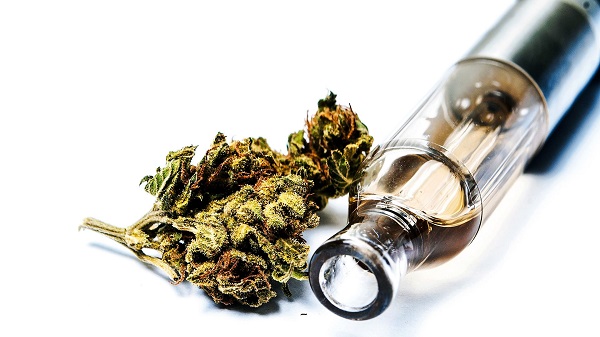
The production of THC crystals involves a meticulous extraction process that separates the THC from other compounds present in the cannabis plant. There are several methods for creating THC crystals, including:
-
Solvent-based extraction – this method uses solvents like butane, propane, or CO2 to dissolve the plant’s cannabinoids and terpenes. The resulting mixture is then purged of the solvent, leaving behind a concentrated THC extract that can be further refined into crystals.
-
Mechanical separation – this technique employs physical methods, such as dry-sifting or ice-water extraction, to isolate the trichomes (tiny, hair-like structures containing cannabinoids) from the plant material. The collected trichomes can then be pressed into a solid form, known as hash, or further processed into THC crystals.
Crystalline THC is formed by processing cannabis oil, which is the base for finished cannabis products. Although crystalline is more potent, it still lacks other concentrates and some potential medical benefits because of its isolation from the original terpenes.
The chemicals are removed, but the unwanted compounds remain. Chromatography is used to extract the THCA from the unwanted elements by introducing new chemicals into the mixture. The new mixture is run through the equipment again, where any remaining chemicals are removed, and the THCA begins to crystallize. The plant compounds extracted in the process can change the final product. Instead of appearing like a crystal (when examined without special instruments in the nativa), the final product may have a different consistency or texture, including sticky, but still powerful and effective.
What are THCA Diamonds?
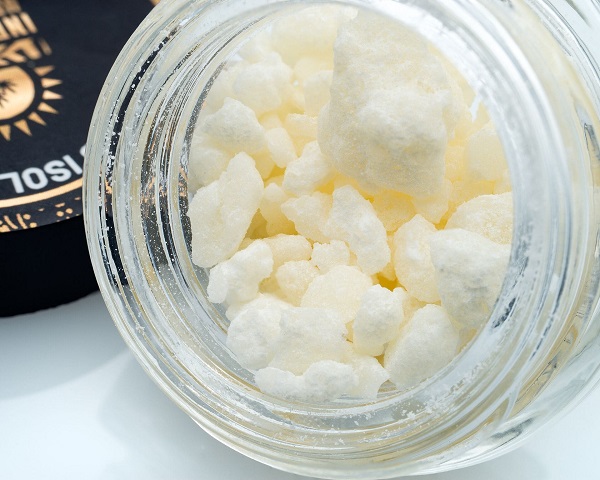
THCA diamonds are a specific type of THC crystal that has undergone a process called crystallization. THCA, or tetrahydrocannabinolic acid, is the non-psychoactive precursor to THC found in raw cannabis plants. When exposed to heat or light, THCA undergoes decarboxylation, converting into the psychoactive THC compound. THCA diamonds are formed by subjecting a high-THCA extract to controlled temperature and pressure conditions, promoting the growth of large, faceted crystals. These diamonds are prized for their purity and potency, offering a refined cannabis experience.
Whether the crystals are labeled THC, THCA or otherwise, they come from a terpene-rich refined oil commonly known as gravy. Manufacturers may leave diamonds coated in sauce, giving the isolated crystal a glossy coating containing additional plant compounds. If so, the product is considered a terpene-rich extract rather than a true isolate.
Regardless of your preferred method of use, THCA diamonds coated in gravy can have various medical benefits, including an effective analgesic effect. However, the effect of cannabinoids on various diseases is a complex question that requires a long debate. We are beginning to find more answers, but more analysis is needed to confirm most of the reported effects.
Pros and Cons of THC Crystals
Pros:
-
High potency – THC crystals are among the most potent cannabis products available, providing a powerful and efficient means of consuming THC.
-
Precise dosing – the high concentration of THC in crystals allows for accurate and consistent dosing, particularly beneficial for medical users.
-
Versatility – THC crystals can be incorporated into various consumption methods, such as smoking, vaping, or edibles, offering flexibility to users.
-
Easy to Combine – Isolate is a typical base for many food products, vapes and topicals. When isolates are separated from its crystalline structure, they work well to increase potency. In powdered form, isolated cannabinoids become easy-to-use food or beverage supplements.
Cons:
-
Cost – the production process for THC crystals is labor-intensive and requires specialized equipment, resulting in a higher price point compared to other cannabis products.
-
Limited availability – due to their niche nature, THC crystals may not be readily available in all markets or dispensaries.
-
Overconsumption risk – the high potency of THC crystals can lead to overconsumption, especially for inexperienced users, potentially resulting in adverse effects.
How to Use THC Crystals
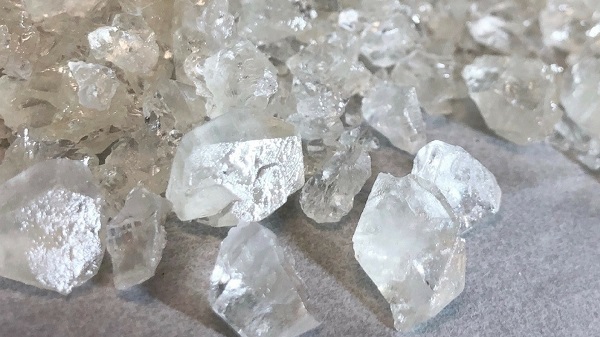
There are several ways to consume THC crystals, depending on personal preference and desired effects:
-
Smoking – sprinkle a small amount of THC crystals onto a bowl of cannabis flower or mix them into a joint for an enhanced smoking experience.
-
Vaporizing – use a vaporizer designed for concentrates to vaporize THC crystals, providing a smooth and potent inhalation method.
-
Edibles – incorporate THC crystals into edible recipes, ensuring even distribution for consistent dosing.
-
Dabbing – dabbings and extracts are as connected as possible. Crystals are no exception to the rule. With crystals, not only do consumers get a huge, almost immediate effect, but they experience it all with one compound.
-
Topical remedies – isolates are often added to lotions and other topical products to create products that provide localized relief without psychoactive effects (since they do not normally enter the bloodstream).
Conclusion
THC crystals allow you to explore the full range of benefits of THC and THC-A. That said, you cannot deny that it is similar to crystal methamphetamine or crack cocaine because it is a chemically distilled form of something you get high from. It’s clearly not on par with those drugs, but extra caution should be exercised because there is no guarantee that all crystal products are made under the best conditions and with the most testing. Again, there is nothing wrong with trying THC crystals, but it can be problematic to develop the habit of using something so chemically processed so early in the legalization of marijuana; there is not enough adequate information about the effects on your health in the long run.
In conclusion, THC crystals represent a fascinating and potent aspect of the ever-evolving cannabis landscape. By understanding their production, usage, and effects, both recreational and medical users can make informed decisions about incorporating these powerful compounds into their cannabis experiences. As the industry continues to innovate and expand, THC crystals and other concentrated products will undoubtedly play a significant role in shaping the future of cannabis consumption.
Frequently Asked Questions
What do THC crystals look like?
THC crystals are translucent, crystalline structures that can range in size from tiny, dust-like particles to larger, faceted diamonds.
How to make THC crystals at home?
While it is possible to create THC crystals at home using solvent-based extraction methods, it is not recommended due to the potential hazards associated with handling volatile solvents and the risk of producing impure or contaminated products.
Do THC crystals get you high?
Yes, THC crystals contain high concentrations of THC, the psychoactive compound responsible for the euphoric effects associated with cannabis consumption.
Where do THC Crystals Come from?
THC crystals are derived from the trichomes of cannabis plants, which are responsible for producing cannabinoids, terpenes, and other compounds. These trichomes can be found on the surface of cannabis flowers and leaves, appearing as a frosty, crystalline coating. THC crystals can be extracted from trichomes using various methods, as detailed in the “How are THC Crystals Made?” section.
Are THC crystals dangerous?
With crystalline, you can control how much you use and manage your dose. This can provide a more controlled experience, but it is still essentially pure THC.
Are there any other effects of THC crystals?
The short answer is yes. It’s hard to say how pure THC at such a high dose will affect you. People are often so excited about THC and “getting high” that they may not understand the entourage effect. When using crystals, all of the effects on your body and the entire spectrum of your “high” will be based on your body’s reaction to THC. That said, THC crystals can give you a cleaner effect because you are only exposed to one cannabinoid affecting your body at a time. This way, you can easily find out if you like it and if it’s right for you.

